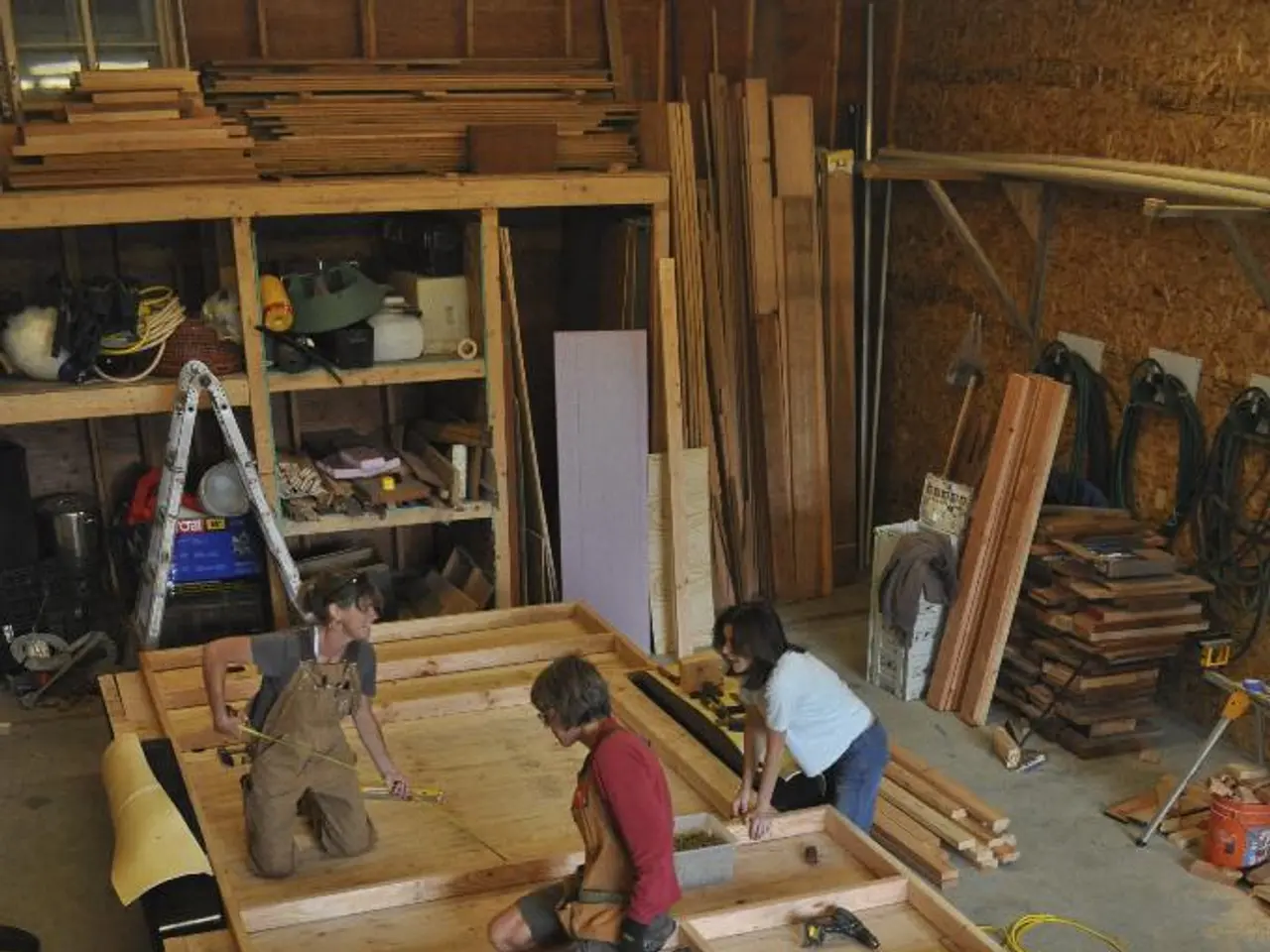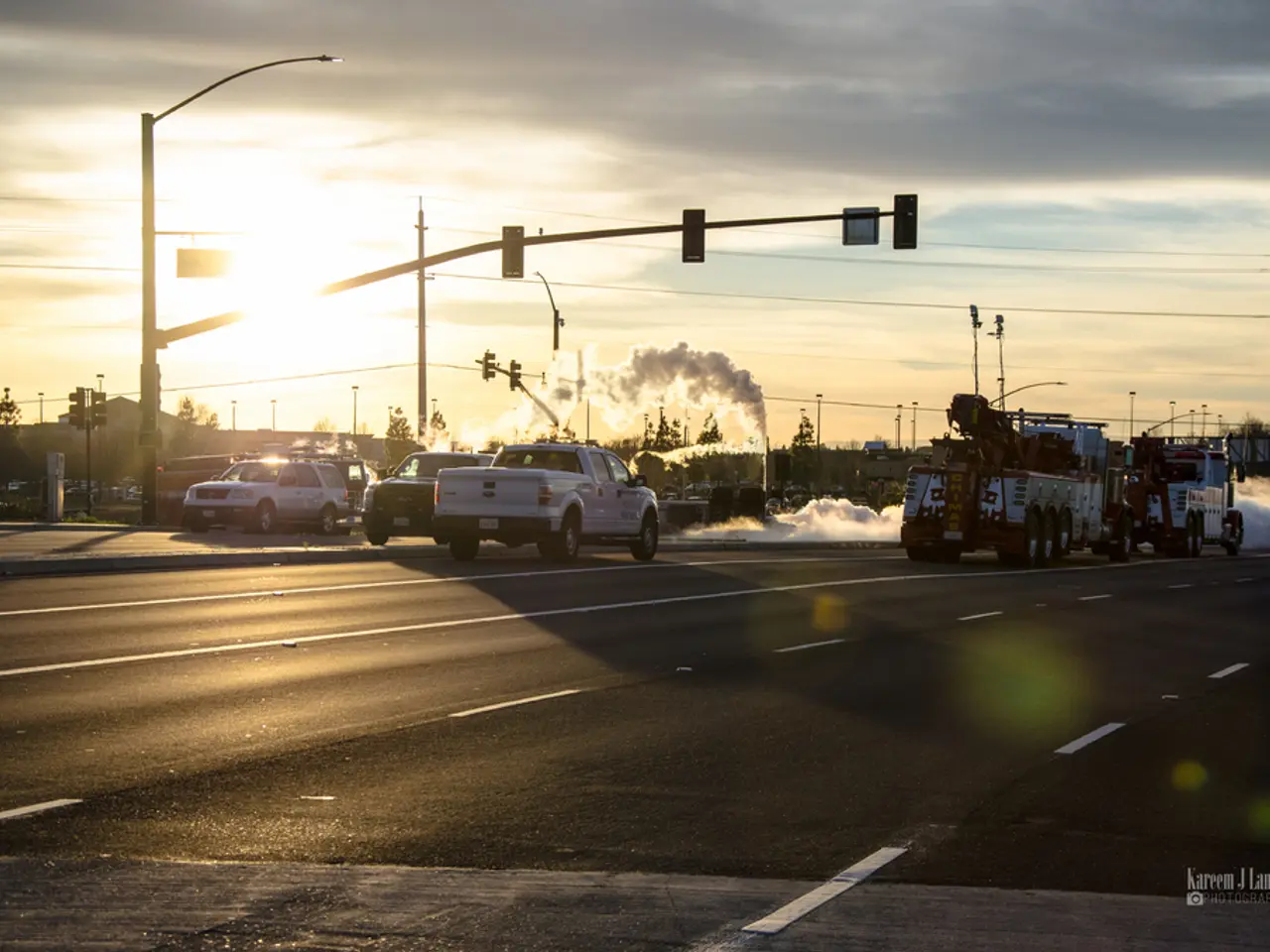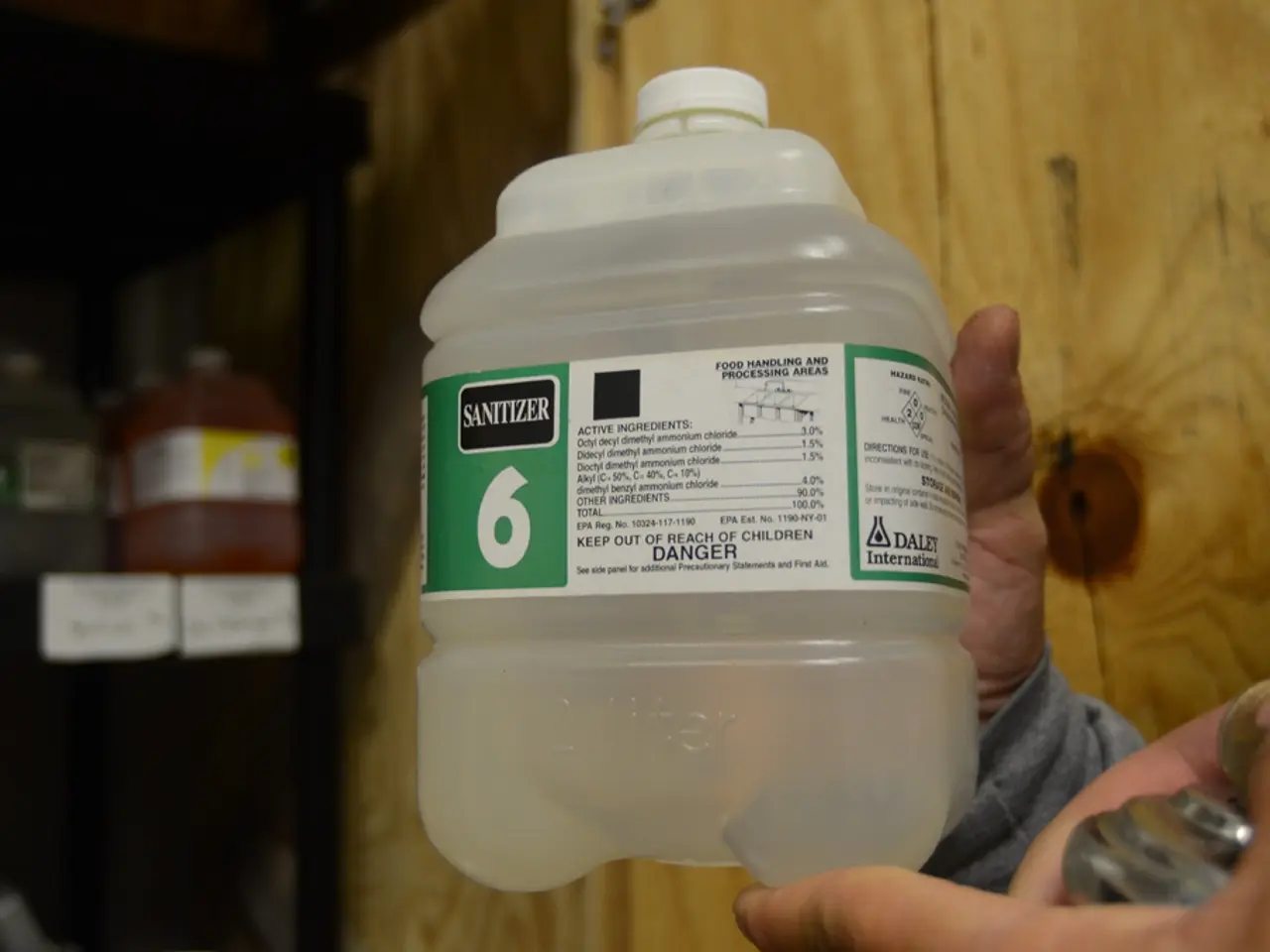Early recognition and reporting of potential occupational illnesses
In the construction industry, workers are at risk of developing occupational skin diseases, including skin cancer, due to prolonged exposure to harmful factors such as UV radiation. Here's a breakdown of the process for recognising and addressing these diseases.
The recognition process for an occupational skin disease can take several months, starting with the identification of exposure to harmful factors. Workers who have had significant exposure to UV radiation, common in outdoor roles like roofers, road workers, and those working in ports and quarries, are at a higher risk.
If a skin cancer diagnosis is made, it should be one of the types associated with chronic UV exposure, such as Squamous Cell Carcinoma (SCC) or Basal Cell Carcinoma (BCC), and located on areas of the body exposed during occupational activities.
To confirm the work-related cause, there needs to be clinical or histological evidence showing chronic cutaneous damage consistent with long-term UV exposure attributable to the occupational environment. This is usually accompanied by a latency period, often greater than 5 years after first exposure, indicating that the disease developed due to cumulative occupational exposure.
Employers have a legal duty to conduct thorough risk assessments regarding carcinogenic exposures, including UV radiation, and to provide adequate protective measures. Failure to do so may support the recognition of the disease as occupational.
Medical examinations and tests specifically designed to detect occupational diseases are used to confirm diagnosis and link it to occupational exposure. These evaluations include reviewing job history, exposure levels, and clinical findings in light of established guidelines.
Once medical evidence and exposure assessments align, the worker can submit a claim to occupational health or workers’ compensation authorities. Recognition often requires approval by regulatory or compensation boards that verify the disease’s causation relates to occupational UV exposure.
The Professional Association of the Construction Industry (BG BAU) advises reporting the suspicion of occupationally caused cancer as early as possible. If an occupational disease is recognised, those affected are entitled to comprehensive financial and health services, including medical care and professional measures for reintegration.
It is crucial to remember that the earlier the suspicion of an occupational disease is reported, the sooner it can be checked. The insurance carrier (e.g., professional association) determines whether the illness is an occupational disease by gathering medical opinions, using questionnaires, conducting personal interviews, and examining workplaces.
In conclusion, skin cancer from UV radiation is recognised as an occupational disease in construction by proving significant UV exposure, clinical evidence of related skin cancers (SCC or BCC) on sun-exposed areas, and a confirmed work-related cause following medical and legal evaluation. Employers have a legal obligation to report any suspicion of an occupational disease to the accident insurance carrier or the occupational health and safety authority.
Workers with significant UV radiation exposure, common in outdoor construction roles, may develop skin cancers like Squamous Cell Carcinoma (SCC) or Basal Cell Carcinoma (BCC) on sun-exposed areas, which can be associated with their occupations. Early reporting of these skin conditions to employers caninitiate steps towards comprehensive financial and health services, including medical care and professional measures for reintegration.




